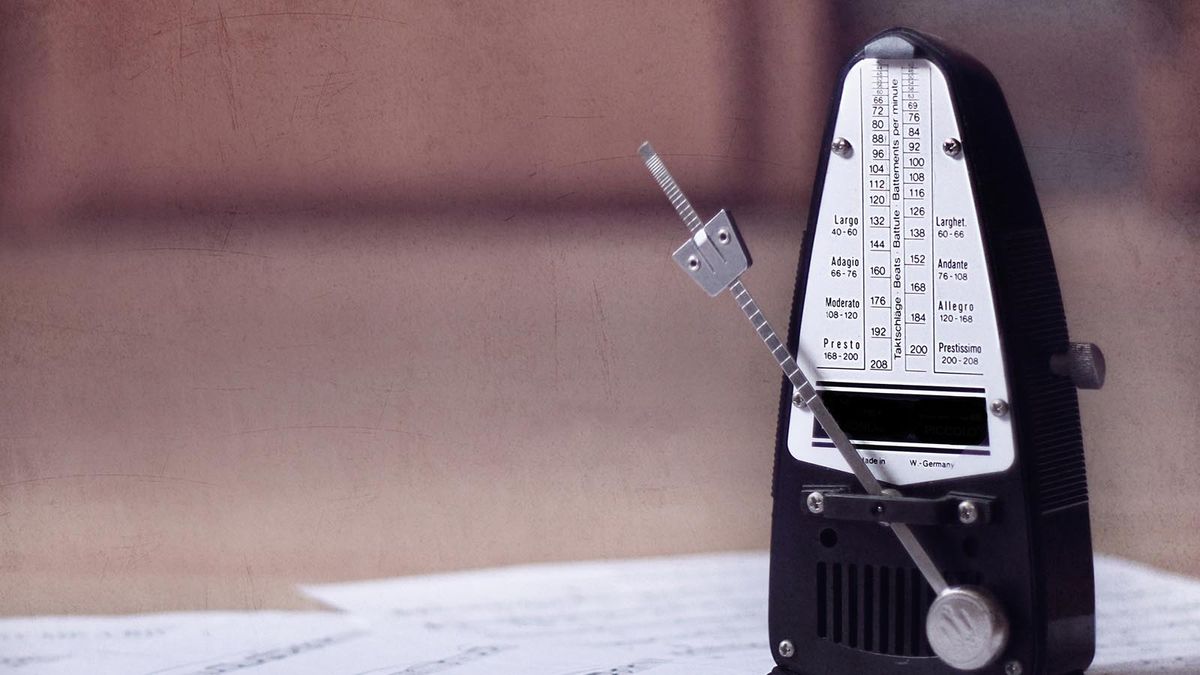
Metronomes sometimes get a bad rap. Composer and author Constantin von Sternberg says, “How any musician could play with a metronome, passes my humble understanding. It is not only an inartistic, but a downright antiartistic instrument.”
Von Sternberg, born in 1852, came to the heights of his career during a period when composers such as Luigi Russolo and Edgard Varèse were producing futuristic music containing gurgles, explosions and electronic sounds. In the company of such experimentation, it’s not difficult to imagine why von Sternberg would be so quick to label the metronome as an impediment to musicality.
Some contemporary musicians seem to agree. Drummer Ringo Starr, for instance, never plays with a click track. “Click tracks make me too tense,” he says [source: Amendola].
Other drummers disagree, though. The Killer’s drummer Ronnie Vannucci says, “When I was in school, I spent a lot of time with a metronome. I learned how to use it but not let it hinder my musical sensibilities” [source: Micallef].
The general consensus seems to be that, yes, a metronome can make an unpracticed musician sound like a robot — but it can also help turn a hard-working musician into a virtuoso. The more you practice with a metronome, the more fluid your playing will become. You’ll learn to swing the beat or to play slightly ahead of or slightly behind the beat without rushing or dragging the tempo.
Besides turning you into a superhero musician, there are other benefits to using a metronome or click track. Multi-instrumentalist Ryan Taylor wouldn’t have been able to pull off his experimental Ultralap project without using a click track. Taylor spent a year trading lap steel parts, live drum loops, synth overlays and other bits of music recorded to click tracks with bandmates Stacey Cargal and Mitchell Sosebee. “We did it all using email,” Taylor said. “Because of the click track, we were able to arrange parts and build compositions in a non-linear way” [source: Taylor].
Whether you’re using a click track to record music with a friend across the country or winding a pendulum metronome to work out the Suisse Orage passage in Liszt’s “Années de pèlerinage,” metronomes offer a sonic grid on which you can improvise and improve your playing.






